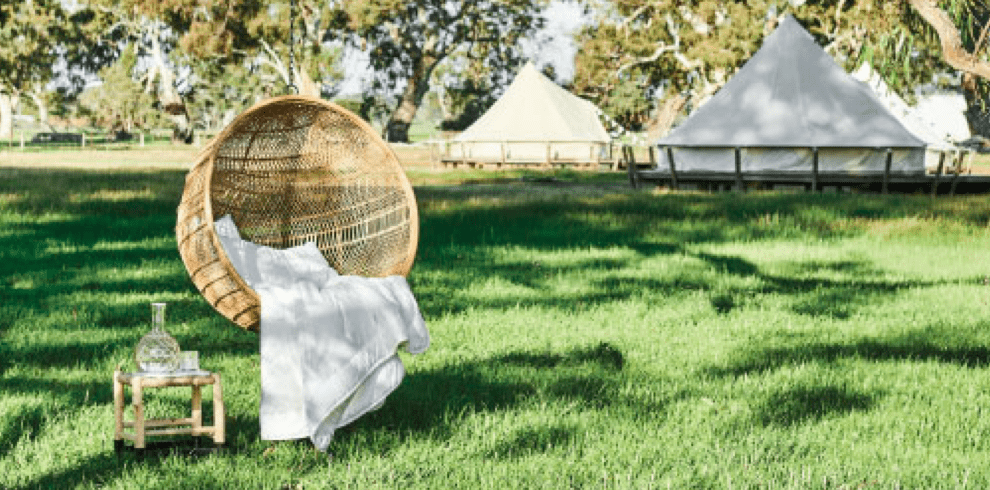We spend approximately one third of our life in bed, with our sleeping position greatly impacting the quality of our sleep. Considering the positive influence good quality sleep has on our health and lifestyle, any advantage for a good night's sleep should be warmly welcomed. Poor sleep is associated with serious health complaints such as neck and shoulder pain, fatigue and sleep apnoea. It has also been linked with string of lesser complaints including: muscular cramp, decreased circulation, headaches and digestive problems to name a few. If you are experiencing any of these symptoms, depending how you sleep, a simple adjustment to your sleeping position may result a dramatic improvement to your overall wellbeing.
Essential to a good sleep position is correct neck and spinal alignment; properly maintained by a supportive mattress, topper and pillow to evenly disperse body weight and minimise pressure points. Discover how our most common sleeping positons can impact our bodies and sleep quality.
Front sleeping - this is deemed the worst sleeping position as it is difficult to maintain good spinal alignment and places extra pressure on the lower spine. Front sleepers generally sleep with their neck twisted to one side for long periods, their body weight pushing down on limbs and organs. As a result they may wake recurrently, experiencing joint and muscle pain or tingling nerves and numbness associated with poor circulation.
Side sleeping - like front sleepers, side sleepers are unlikely to snore as these positons are both good for keeping the airways open. Generally more comfortable than sleeping on your back, side sleeping keeps the pelvis level alleviating lumbar issues, provided you maintain a relatively straight pose. An extreme foetal curl upsets the natural curve of the spine putting unnecessary pressure on joints and organs.
Back sleeping - despite being an unpopular position (favoured by only 8% of us) frequently resulting in an increased incidence of snoring, this is deemed the best way to sleep. Sleeping on your back allows the neck and spine to maintain a neutral alignment with even weight distribution to assist with reducing pressure points.
Source https://www.nestmaven.com/sleep/best-sleeping-position/



